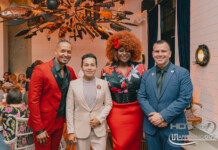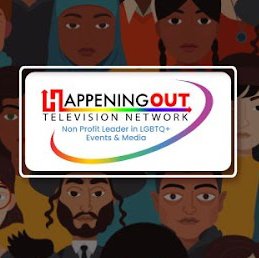Marvin Gaye hums softly from a turntable in Donna Aceto’s cozy West Village apartment. She smiles, saying, “A day without Marvin Gaye is like a day without sunshine.”
Aceto has lived here for 35 years, close to the lesbian bars she once frequented. But today, the neighborhood feels different.
There are virtually no gay bars just blocks from Stonewall and the launching pad of a worldwide civil rights movement. She admits, “It’s gotten very straight,” recalling the vibrant queer community that once defined the Village. Her story is one of many in The Advocate’s new exploration into the gentrification of great gay neighborhoods.
Once affordable havens, the West Village — and perhaps tomorrow, Wilton Manors — face pressures from rising rents, luxury development, and small queer businesses pushed out by upscale newcomers. Randy Wicker, longtime activist and friend of Marsha P. Johnson, remembers when Christopher Street bustled with antique shops and gay bars. His own store closed when rent spiked from $300 to over $6,500. He says, “The vibrant gay community slowly relocated.”
Historians like Columbia’s George Chauncey trace the Village’s queer roots back more than a century — from World War II sailors on leave to the 1969 Stonewall uprising. But preservationists warn that without protection, these landmarks risk being erased. Councilman Erik Bottcher says it plainly: “Preserving queer history also means preserving queer presence. The West Village must remain a living archive of LGBTQ+ life.” As rents rise in Wilton Manors, Fort Lauderdale’s own gay mecca, the question looms — could the West Village be a crystal ball to the destruction of queer Wilton Manors?
It is a story that Queer News Tonight will follow closely. It is also interesting to note that just this week the iconic Out & Advocate Magazines are reporting the dramatic decline in advertising support they see in their publications largely because of the political changes over DEI. We thank our colleagues at The Advocate for helping all of us to look at the changes that may be in our future.















